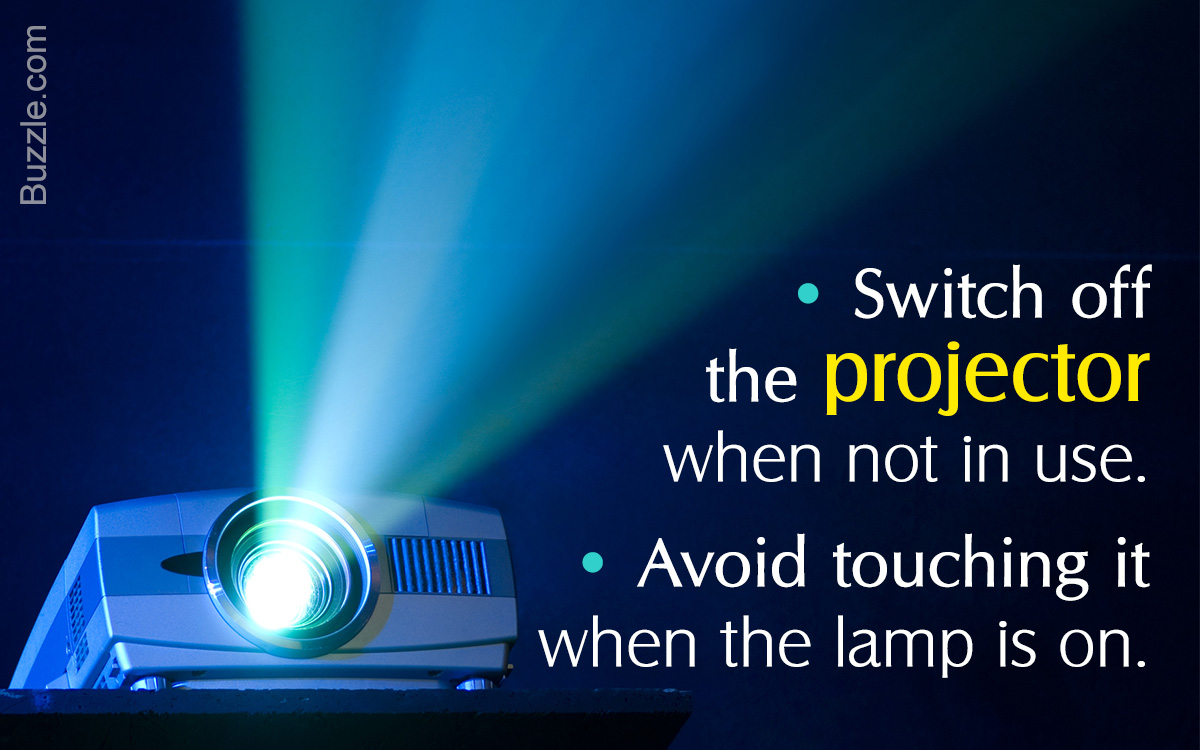
An LCD projector is one of the most efficacious advancements that digital technology offers. It gives the feel of a theater while watching a movie over a big screen. Understand what goes on within the LCD projector in this Techspirited article.
Throw Ratio
This ratio helps adjust the size of the final projected display. For a screen that is 15-feet away from the projector, a ratio of 3:1 indicates that the projected display will be 5 feet in width.
For those movie maniacs who like to watch movies back to back all through the weekend, they can easily choose to convert their room into a home theater by simply buying an LCD video projector. It has the capability of taking home cinema viewing to new levels. This device wins hands-down when compared with other fancy equipment. All you need is a projector, screen, DVD player, and a bowl of popcorn, and you are good to go! In addition to this, projectors are also used in a school and business environment.
What is an LCD Projector?
LCD is short for ‘Liquid-crystal display’. It is a projector that can be used to display images/pictures, videos, slideshows, etc. This is an advancement over the age-old overhead projectors.
Components
Light source
The light source used is a metal-halide lamp in most of the cases. This is because it is capable of emitting light rays of varying wavelengths.
Mirrors
This setup requires a total of three mirrors, out of which two are dichroic (coated with a film). The dichroic mirrors are used to reflect the incident light. The phenomenon of dichroism denotes that the mirror will display two different colors when viewed from different directions.
LCD Screen
The light rays are reflected by the mirrors onto the liquid-crystal screen. This screen performs the task of passing the light rays through, to the prism.
Dichroic Prism
The light rays before being produced are passed through this prism. On passing through this prism, the rays overlap, after which they are redirected to the projector lens.
Projector Lens
These lens perform the task of allowing light rays (coming from the prism) to pass through them. These rays are then made incident on the output screen dedicated to the LCD.
Working
The main working principle of a projector depends upon the concept of splitting up of light into a number of wavelengths.

- Initially, light rays are incident onto the dichroic mirrors. These mirrors then split the light rays into fixed wavelengths. This light is incident on the plain mirror placed ahead of these film-coated mirrors.
- The white rays of light hit the mirrors. This results in the reflection of colored light―red, blue, and green rays.
- These rays of colored light further pass through three individual displays (crystal-liquid).
- The liquid in the display contains millions of small pixels. When electric current is passed through them, they either block or allow light rays to pass.
- All the three liquid-crystal screens display the same image, but in different versions. They are tones of red, green, and blue.
- Next, these rays are passed through a dichroic prism. This leads to the formation of a well-defined image. This image contains different shades of colors that are combinations of red, green, and blue components.
- The light coming out of the dichroic prism is then passed through the projector lens and falls onto the big screen of the LCD setup.
As the final image formed over the projector depends on the quality of the projector and the screen, white surfaces are preferred as the projection surfaces. The biggest advantage that the LCD projectors have over other projection systems is their portability and small size. In addition to this, the image quality obtained is top-notch.